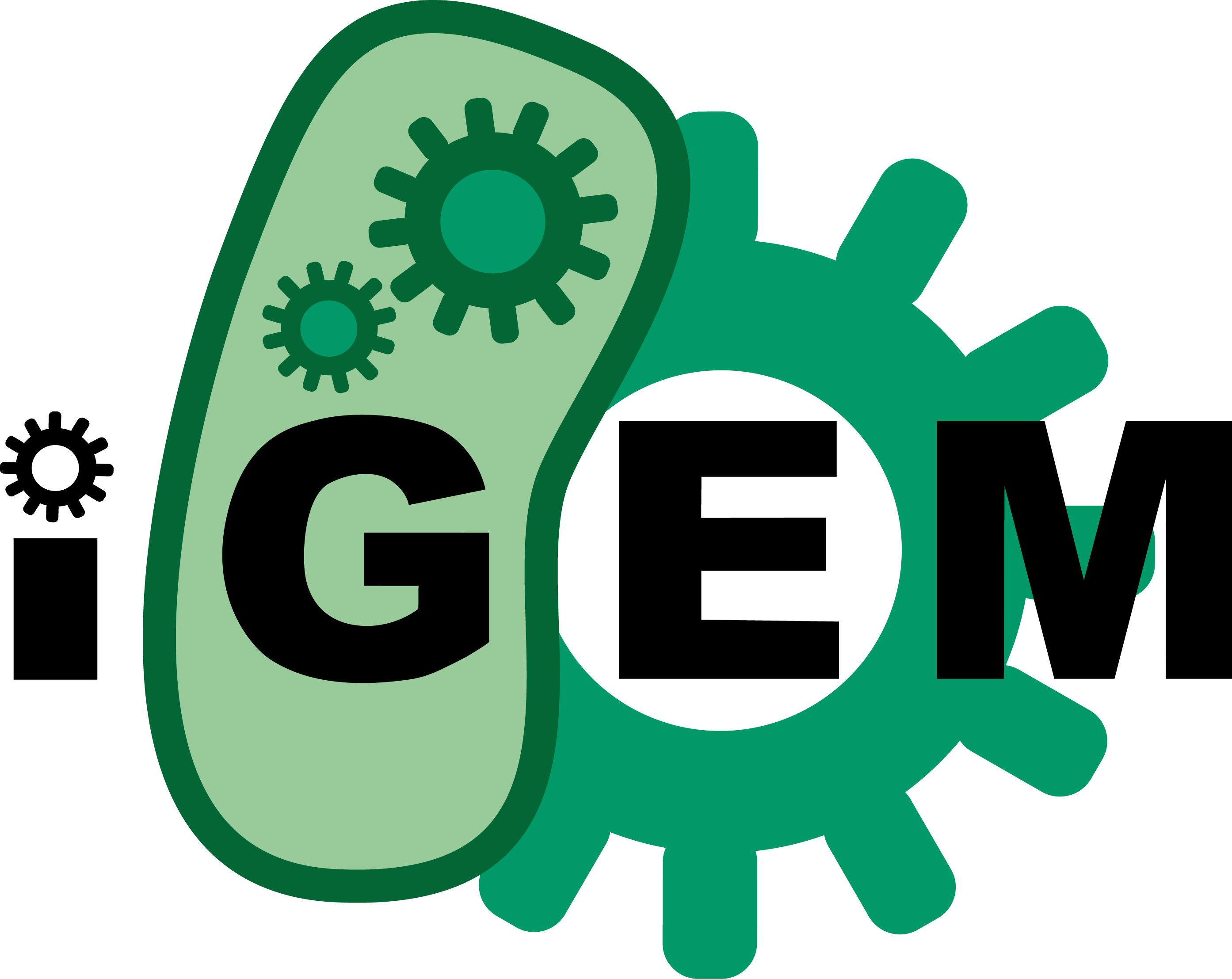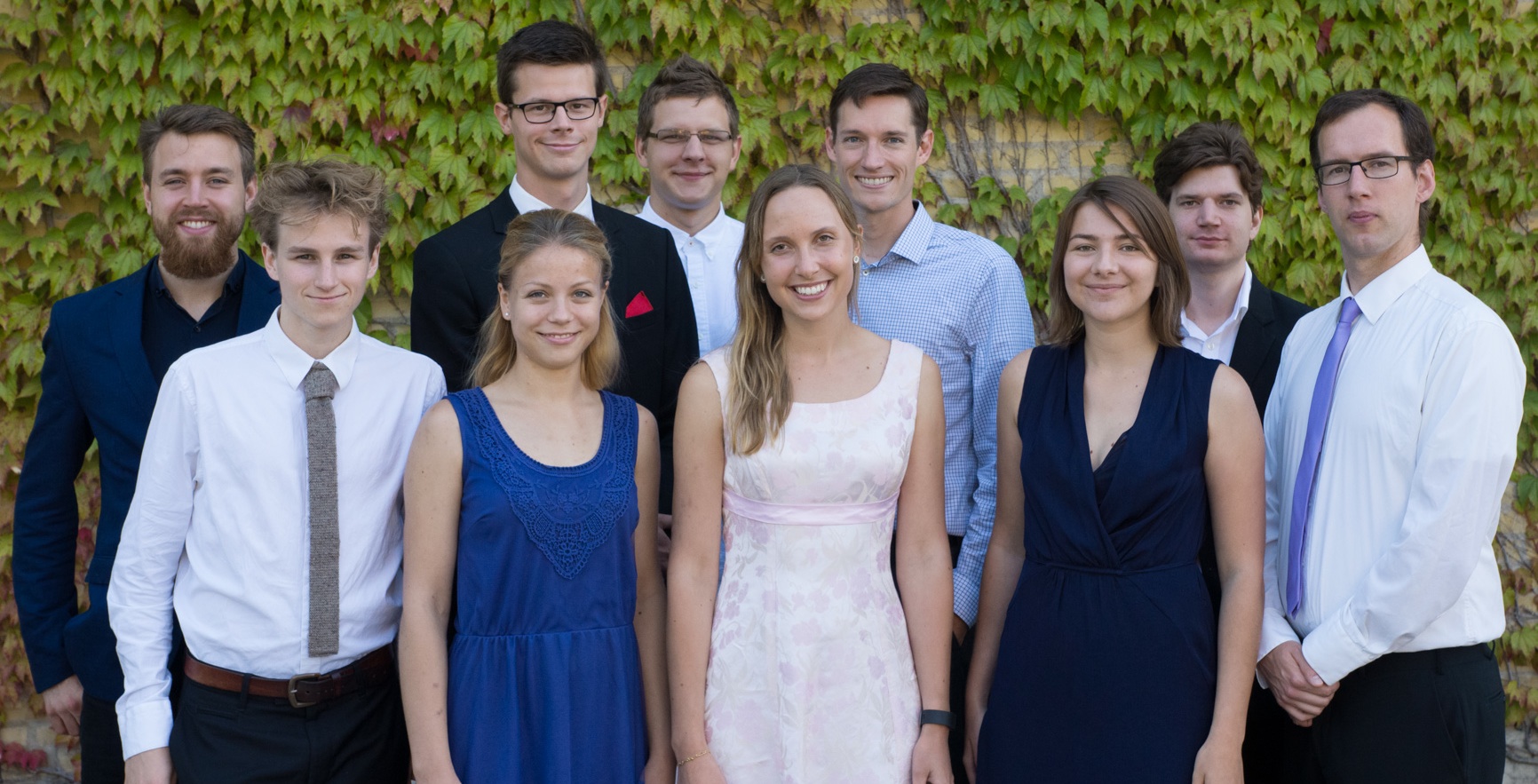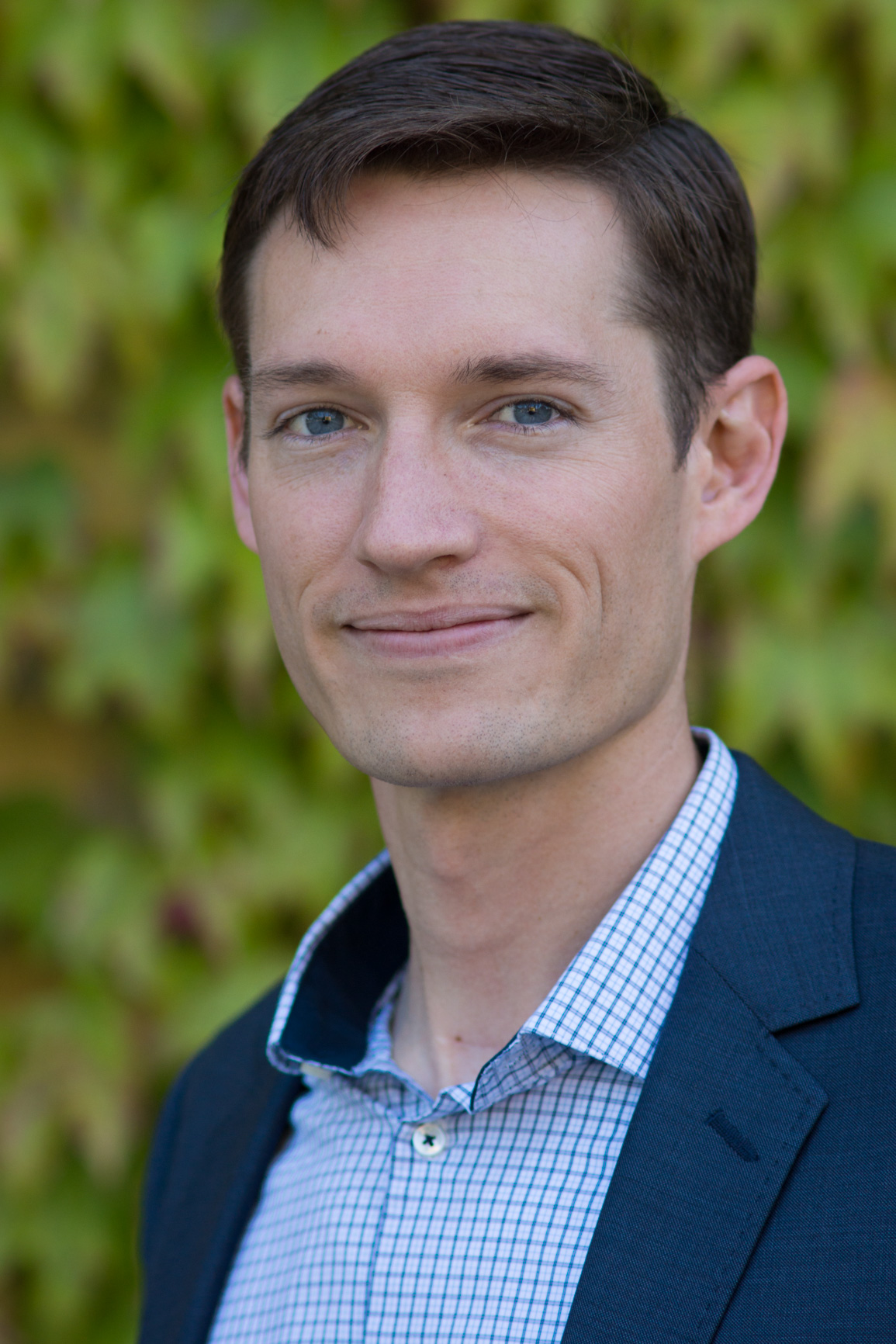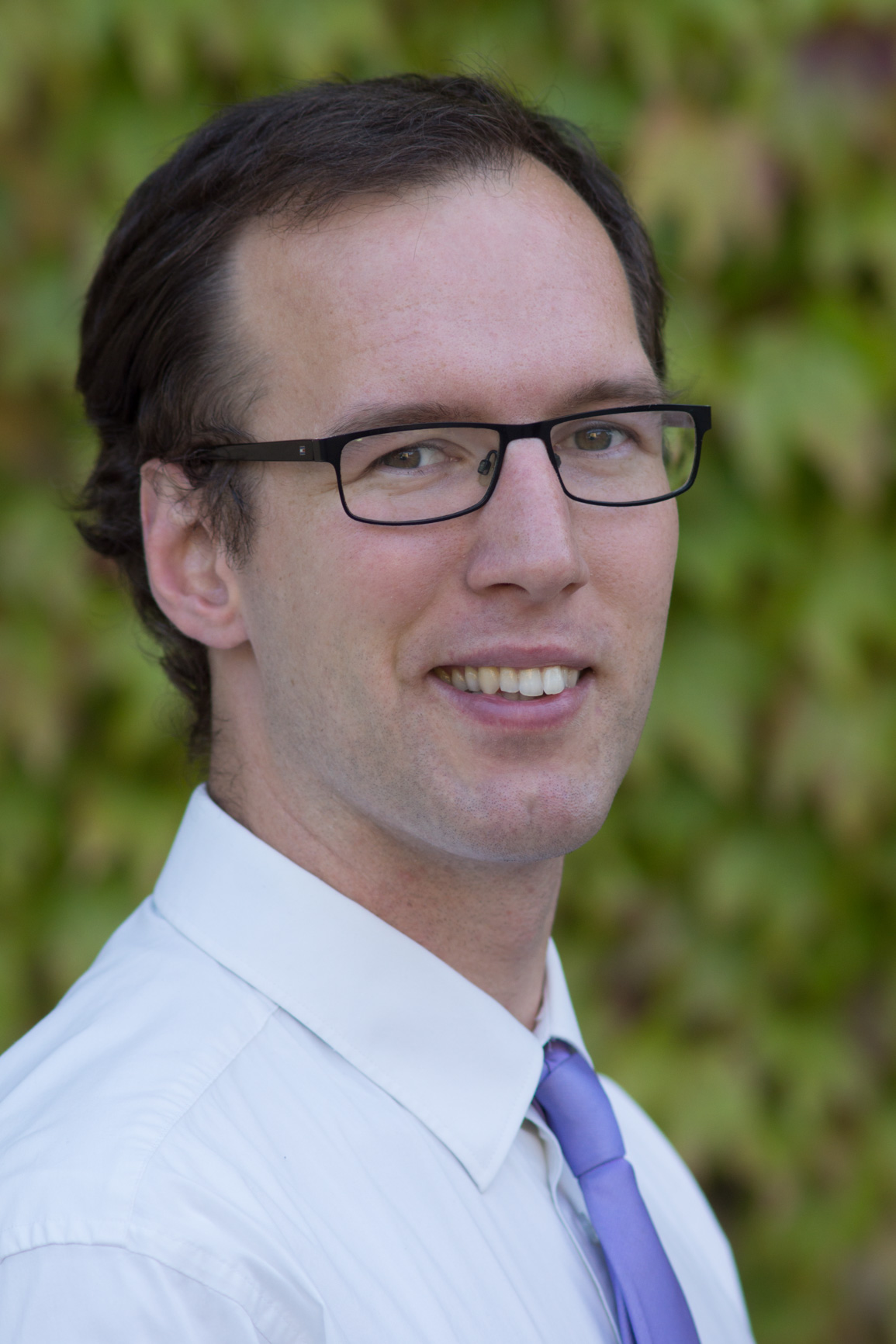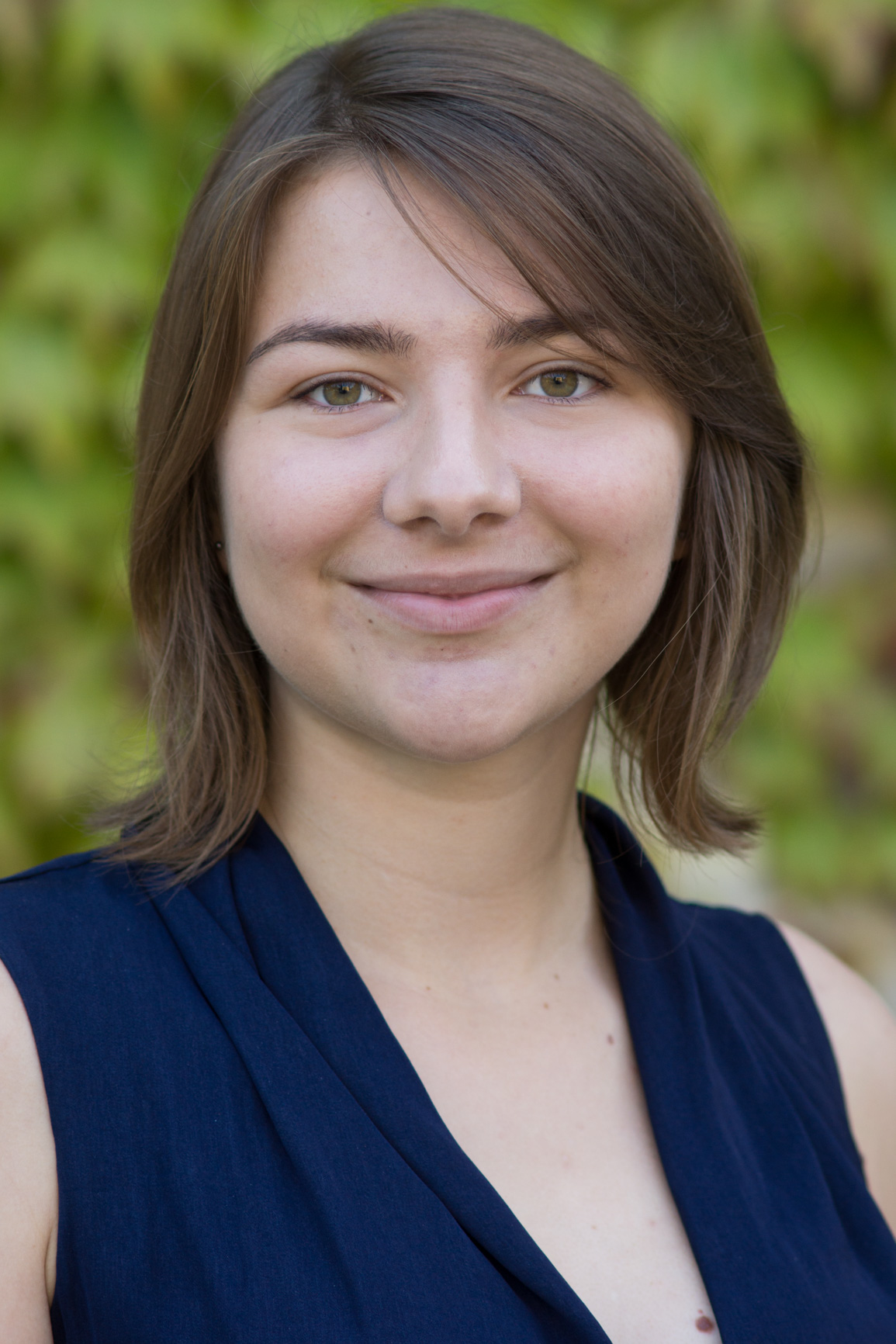Team:DTU-Denmark/attributions
Team and Attributions
The Team
The DTU iGEM Team 2015 is composed of a group of ten motivated DTU students dedicated to exploring and sharing their passion for science. The team includes both Bachelor and Master students with a diverse set of nationalities and educational backgrounds in Biochemistry, Molecular Biology, Bioinformatics, Pharmaceutical engineering and Computer Sciences. Many of the team members are highly engaged in internationally recognized research groups, leading biotech companies or student organizations, where they have obtained valuable competences within science, programming, project management and communication. Our team is unified by the shared goal of providing significant achievements within the field of synthetic biology.
The project officially started with an introductory iGEM meeting in January, facilitated by our supervisor Chris Workman. From then on our team met weekly with idea development until Mads and Pernille, came up with our project idea. Many months of project planning, fundraising, lab work and coding have lead to the product we now present for you. All laboratory work and presented activities documented on this wiki were performed by our team members and the three high school students unless stated otherwise.
We would like to thank our advisors who assisted us during the whole project and have provided invaluable advice and feedback. We would also express our thanks to everyone else who has supported us over the course project! Thank you for your expertise, facilities and materials. A full list of attributions can be seen below.
High School Students

Maja Hansen
Last year High School student
Maja is doing her last year of high school and finds biotechnology,
chemistry, math and sports very interesting. The iGEM project has made her aware of new possibilities and challenges of synthetic
biology and has introduced her into a lot of new techniques and
instruments.
Maja has been helping with Minipreps and colony PRCs for the past months.
When Maja is not in class, lab or at work, you can find her at soccer stadium where she spends a lot of hours doing tricks, dribbles, and headers.
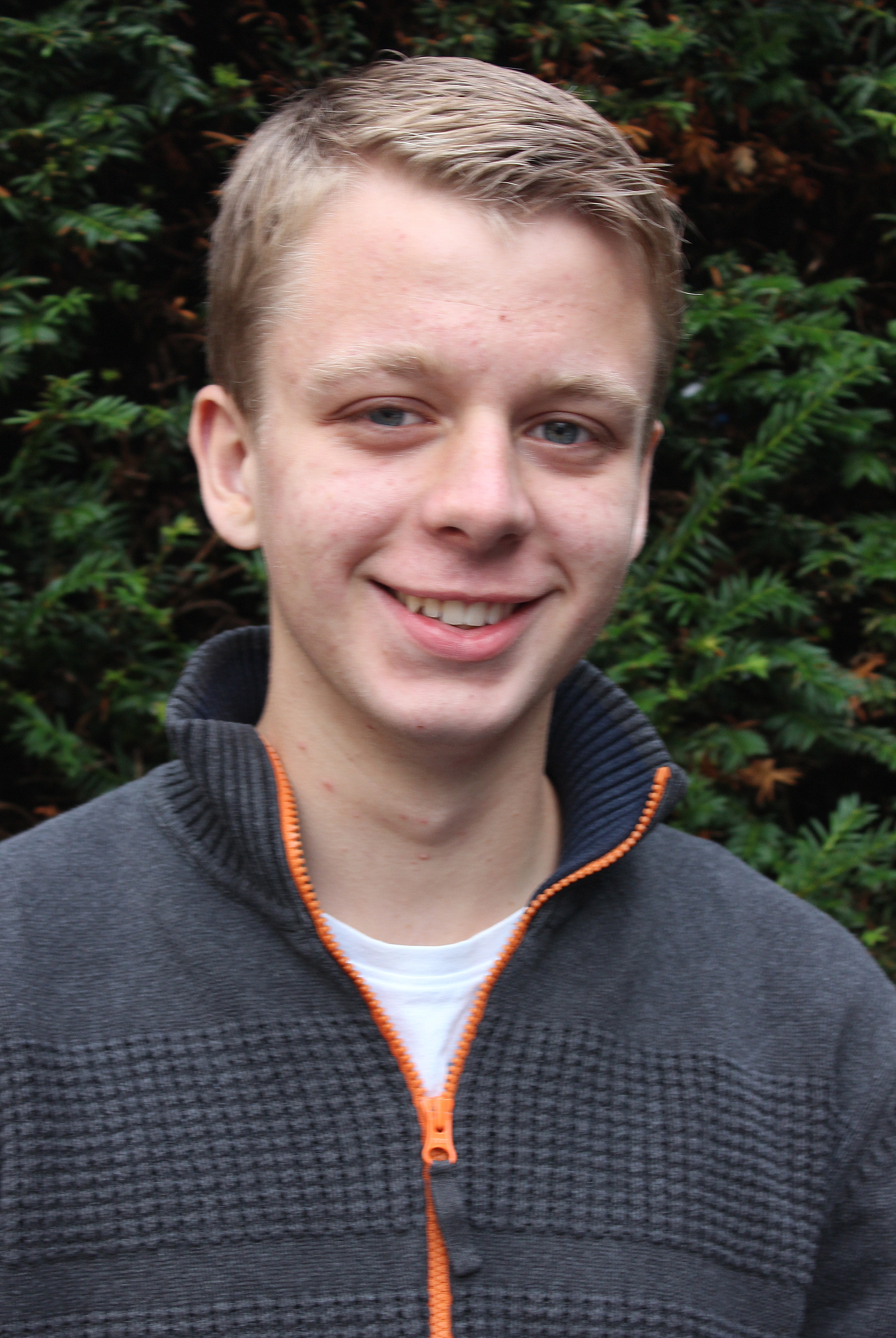
Nicolai Jørgensen
High School student
Nikolaj is the youngest member of our team. He is currently doing his second year of High School, with a focus on Biotechnology and Math. He actively participated in the wet and dry lab activities. Besides helping in the lab with PCR, running gel electrophoresis and DNA purification, he supported fund-raising and wiki-design.
When Nikolai is not thinking about a better way of optimizing oligos for our MAGE protocol, he enjoys spending time with his friends.

Thea Kongsted
Last year High School student
Thea is currently doing her last year of High School, with a focus on Biotechnology, Chemistry, Math and English. Her primary goal of participating in the project has been learning 'as much as she could'. By helping in the lab, she has had the opportunity to discover new methods, and gain confidence in applying methods with which she was already familiar.
When Thea is not in lessons or in the lab listening to the relentless sound of the nanodrop machine, she is either playing or listening to music with her friends.
Advisors and Supervisors
Christopher Workman

Associate professor, Ph.D.,
Regulatory genomics,
DTU System Biology
Chris is the team's main instructor who has put together the team and has given advice from the beginning with brainstorming project ideas until now that the project nears its completion.
Mogens Kilstrup
Associate professor, Ph.D.
Metabolic signalling and regulation,
DTU Systems Biology
Mogens has been a great help with theoretical and practial work in the laboratory especially with his knowledge on gram-negative bacteria. He and Jan have also made their laboratory available for our team to use. We are grateful for the help he has given us with planning of experiments and the practial implementation.

Jan Martinussen

Associate professor, Ph.D.,
Metabolic signalling and regulation,
DTU Systems Biology
Jan has been a great help with theoretical and practial work in the laboratory especially with his knowledge on gram-negative bacteria. He and Mogens have also made their laboratory available for our team to use. We are grateful for the help he has given us with planning of experiments and the practial implementation.
Attributions
Initial project phase
- Previous year’s iGEM team members Anne Sophie Laerke Hansen, Kristian Barrett and Kristian Jensen joined us during our first meetings, shared their experience and advice, and helped us how to get going with our idea generation by introducing us to brainstorming techniques.
- Faculty members of DTU Systems Biology Professor Morten Sommer, Postdoc Kai Blin, Associate Professor Thomas Ostenfeld Larsen and Assistant Professor Rasmus John Normand Frandsen gave feedback on our initial ideas.
- Professor Jan Madsen from DTU Informatics for advising us early in the project phase and for attending meetings where we discussed the NRPS oligo designer tool.
- Members of Drug Resistance and Community Dynamics research group under Professor Morten Sommer. The group is working on MAGE in E. coli and we received a lot of inspiration and knowledge from the team.
- Fundraiser Johannes Lundin Brockdorff gave feedback on running versions of our fund application drafts.
- Head of Recruitment and Talent Development Malene Bonné Meyer facilitated the contact with the high school students and helped us with managing the budget.
- Anne Degen and Dr. Barbara Di Ventura from Heidelberg. Barbara was so kind to put us in contact with Anne who send us a couple of their BioBricks from 2013 including an optimized synthetic variant of their NRP tagging system.
- The Muchen 2012 team for their well-documented work through good protocols.
- Deputy Head of Department, Head of Section Jan Madsen was a part of the brainstorm session and helping with questions concerning computing possibilities. He facilitated also our collaboration with Linas Kaminskas.
Human practice and BioBrick tutorial
- Laborant Regina Schürmann kindly provided us laboratory facilities during the BioBrick workshop.
- Kristian Davidsen was a great help during the BioBrick tutorial, helping both in the lab and answering questions concerning the tutorial.
- Head of Communications Mette Haagen Marcussen introduced different communication channels and helped us to define a strategy for streamlining our outreach intiatives as well as choosing our target group.
- Assistant Professor Martin Mose Bentzen adviced in the assessment of ethics considerations in the content of our project.
- A special thanks to Pablo Cuesta who participated actively as a member of the team until August. He contributed with the initial project phase and initiated the public outreach.
Laboratory support
- Laboratory technician Marzanna Pulka-Amin introduced us to the laboratory equipment.
- DTU Metabolomics Platform Group and Associate Professor Kristian Fog Nielsen allowed us to use their equipment for detection of compounds and for providing us with a tyrocidine standard.
- PhD student Anne-Mette Meisner Hviid and PhD student Anne Egholm Pedersen were a great help during the entire lab work, by providing protocols, materials and advice.
- Postdoc Christopher Phippen taught us how to extract our compounds from cells and introducted us in using HPLC/MS and MALDI-TOF. He also ran a lot of the samples and helped with data analysis.
- PhD student Zacharias Brimnes Visby Damholt helped us in running a SDS-PAGE.
- Charlotte Andersen, Noor Alwan and Simran Sidhu from Roskilde tekniske Gymnasium who helped with a part of the outreach targeting towards highschool students.
Bioinformatics and software
- Postdoc Kai Blin helped us tremendously in improvment of our idea in the initial project phase. He suggested us to use Bacillus subtilis as a chassis and he was very helpful in answering to any question we had about NRPS modelling and antiSMASH.
- Linas Kaminskas joined the team for a period to develop a NRPS oligo designer tool for recombineering. Unfortunately, the tool did not end up functioning.
Lab-on-a-disc concept
BluSense Diagnostics provided us knowledge and tools about microfluidics and use of rotation disc technology.
- Postdoc Filippo Bosco and Postdoc Rober Burger who facilitated our collaboration.
- Postdoc Marco Donolato who gave us an introduction into cell lysis on rotor discs and suggested method to detect cell lysis.
- Mattias Parmvi who incredibly helped and supervised within cell lysis assays, as well as in understanding, data analysis and discussion of plenty of results.
- Michael Creagh who introduced and explained manufacturing and a concept of microflow on discs.
Art and Design
- Mads Møller Madsen from PF foto who took pictures of our team.
- M.Sc.Eng Michael Schantz Klausen who helped with pictures for our wiki.
- Hero image source: http://www.publicdomainpictures.net/view-image.php?image=31542&picture=microbiology
Sponsors

The Lundbeck Foundation is an active industrial foundation established in 1954. Its main objective is to maintain and expand the activities of the Lundbeck Group, and to provide funding for scientific research of the highest quality.

Otto Mønsted Fund's main objective is to contribute to the development of Danish trade and industry. Within this overall framework, the Board has established detailed guidelines on funding for research and educational purposes within the technical scientific and commercial disciplines.

The Novo Nordisk Foundation is an independent Danish foundation with corporate interests. The objective of the Novo Nordisk Foundation is twofold: To provide a stable basis for the commercial and research activities conducted by the companies within the Novo Group and to support scientific and humanitarian purposes.

VWR supports its customers through a combination of product choices, operational excellence and differentiated services to improve its customers' productivity from research to production. For DTU iGEM 2015 they made a difference.

Frisenette is a Danish company which manufactures and markets we filters, filtration equipment, and glass and plastic consumables for laboratories. DTU iGEM 2015 highly recommend their products.

In Vitro's biggest ambition is to contribute locally, by creating a company in development that creates jobs, and the job, the environment and good customer experience is in focus. In Vitro helped our team with consumables and we can only recommend their service.

Thermo Fisher Scientific Inc. is the world leader in serving science. Their mission is to enable their customers to make the world healthier, cleaner and safer. We are greatful for their contribution to our team.

With more than 1,400 international patents, the AKG® brand has been delivering the powerful, undistorted sound that music professionals have relied on for more than 60 years, consistently producing some of the truest and most natural-sounding headphones and microphones in the history of audio. Their contribution made it possible to present our product as we wished on our terms!
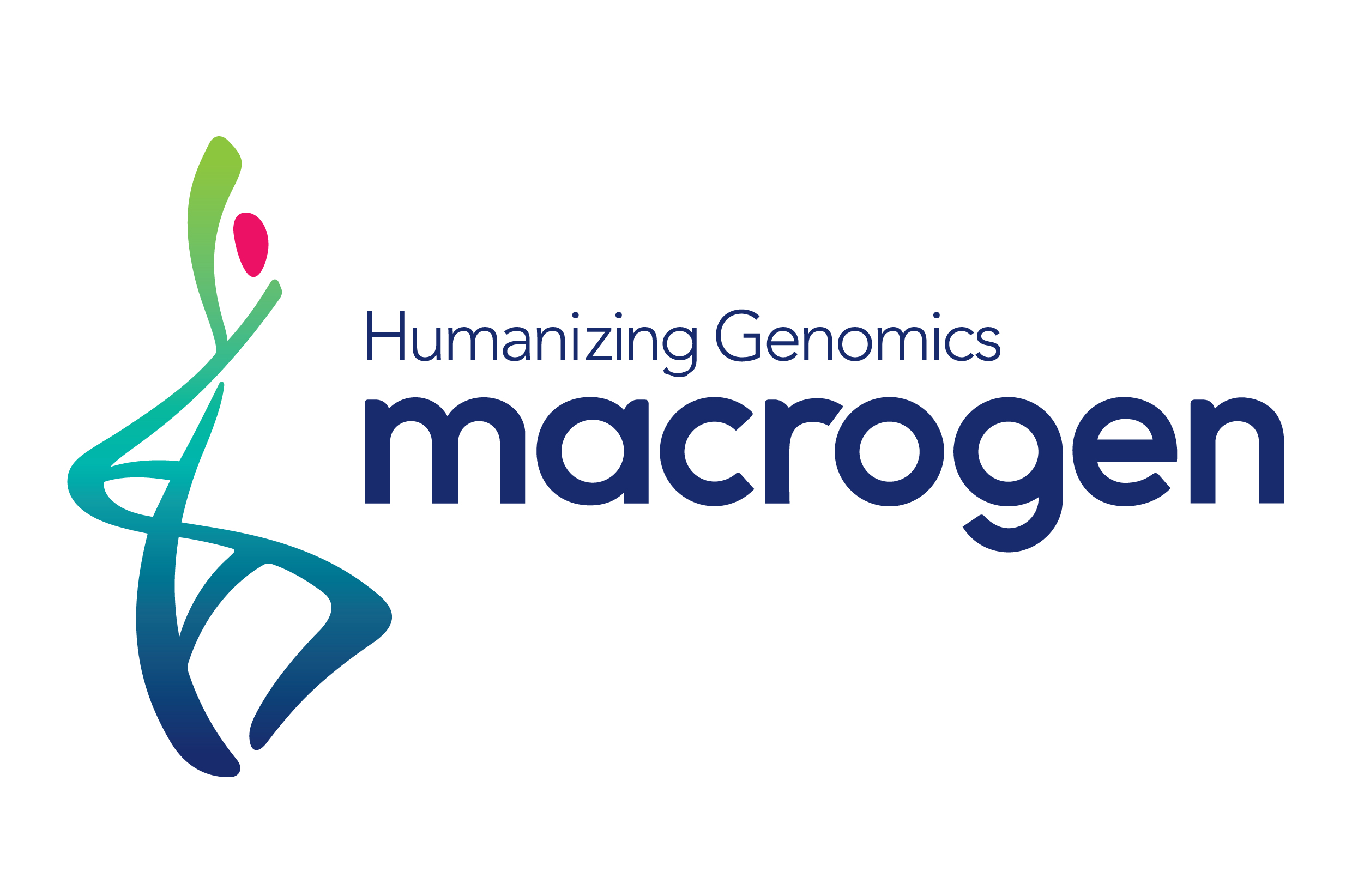
With a corporate slogan 'Humanizing Genomics' Macrogens vision is to become the "Leader of Asian Biotech industry" with new medicine development capabilities based on ethnic group-specific "medical treatment/gene information integrated content. Thank you Macrogen for your contribution!

SnapGene offers the fastest and easiest way to plan, visualize, and document molecular biology procedures. SnapGene has been an essential tool for the DTU iGEM 2015 team! "With the use of the SnapGene tools our work has been remarkable easier with its great features." Victor DTU iGEM 2015.
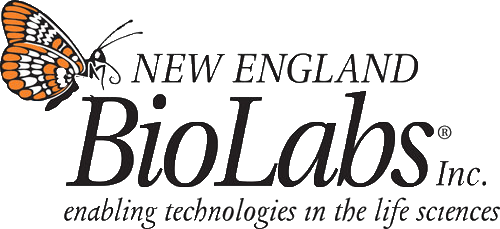
Founded in the mid-1970s as a collective of scientists committed to developing innovative products for the life sciences industry, New England Biolabs is now a recognized world leader in the discovery, development and commercialization of recombinant and native enzymes for genomic research.
Department of Systems Biology
Søltofts Plads 221
2800 Kgs. Lyngby
Denmark
P: +45 45 25 25 25
M: dtu-igem-2015@googlegroups.com
